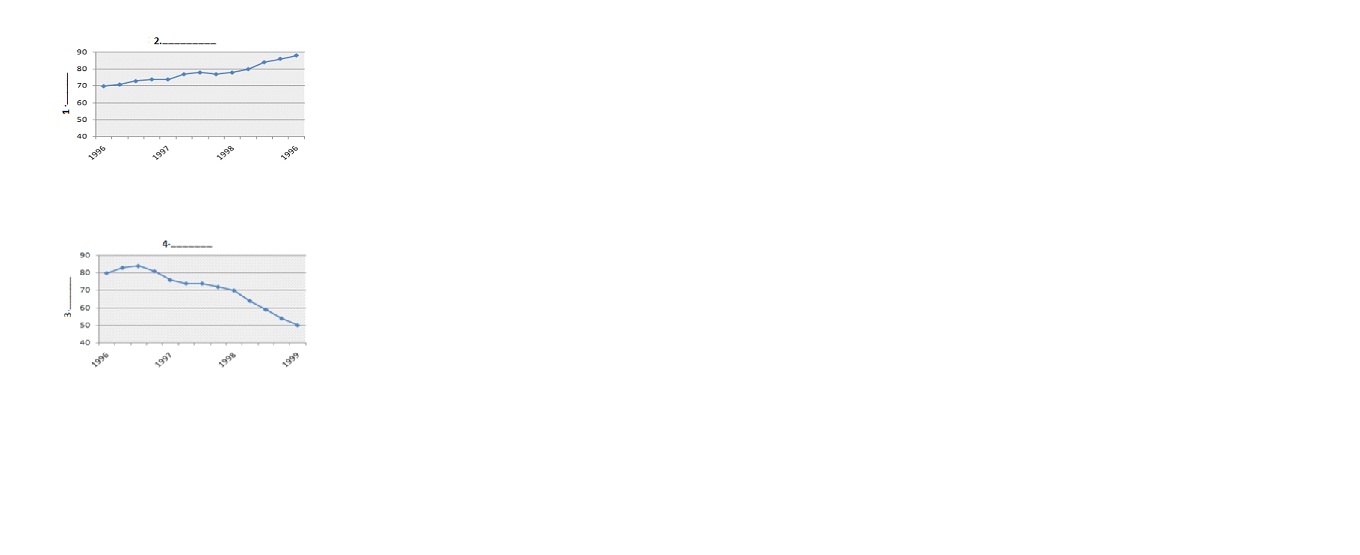TOTAL PRODUCTIVE MAINTENANCE
A. The ‘production line’ system of creating and assembling goods was for many years been the standard mode of operation for many industries. Cars, electronic equipment, packaging – many diverse companies have employed the same methods, and most have hit two main problems. The first is that unscheduled maintenance required on essential machinery has often held up production all along the line, and the second is the significant impact on employee morale. This has given rise to the increasingly adopted method of Total Productive Maintenance (TPM) - a maintenance program which governs the maintenance of plants and equipment. The goal of the TPM program is to markedly increase production while, at the same time, increasing employee morale and job satisfaction.
B. The concept of TPM was first developed in Japan in the late 1970s, only moving to the western world a decade later. Initial success of the programme in countries such as Australia was limited, but in the late 1990s a ‘westernised’ version of TPM was launched. TPM brings maintenance into focus as a necessary and vitally important part of the business. It is no longer regarded as a non-profit activity. Down time for maintenance is scheduled as a part of the manufacturing day and, in some cases, as an integral part of the manufacturing process. The goal is to keep emergency and unscheduled maintenance to a minimum.
C. TPM involves directing participating companies and industries to move away from traditional methods of production to more efficient mechanisms. This is evident in TPM’s operational focus on lean production rather than mass production. The lean approach favours flexibility within a team, rather than the specialisation of labour introduced with mass production. It also involves a shift away from being driven by the financial department of the company to a more customer focussed goal. Another goal of the TPM method is to introduce quality control not by being overseen by managers, but rather by engendering a sense if responsibility amongst all staff; a move from autocratic management to empowerment. This shift means that shop floor workers are being able to take a sense of pride in their work, and with that comes the desire to perform well ultimately leading to higher productivity for the company.
D. In order to apply the concepts of TPM, a company will have to work through a number of stages. First, there must be universal agreement that the system has the potential to be successful within the company. Then a specific person or team needs to be appointed to coordinate the changes required to apply TPM methodologies, an aim that begins with training and education for all employees. Once the coordinator is convinced that the work force is sold on the TPM program and that they understand it and its implications, the first action teams are formed. These teams are usually made up of people who have a direct impact on the problem being addressed. Operators, maintenance personnel, shift supervisors, schedulers, and upper management might all be included on a team. Each person becomes a stakeholder in the process and is encouraged to do his or her best to contribute to the success of the team effort. Usually, the TPM coordinator heads the teams until others become familiar with the process and natural team leaders emerge.
E. The concept of TPM is built on what are referred to as the three pillars - work area management, risk management and equipment management. An illustration of these pillars is highlighted in the importance of recognising and eliminating defects within the machinery used in a company. This refers to issues such as the accumulation of dust and grime on equipment, gauges that are broken or too dirty to read clearly and missing or loose bolts, nuts and screws. Using a sample company, statistics collected from a three month period indicate a substantial reduction in machine maintenance costs, falling by $30,000 between 1996 and 1999. At the same time, the effectiveness of the equipment increased significantly, with machine uptime rising by almost 20% over the same period.
F. Many observers have identified similarities between TPM and an earlier industry concept – total quality management (TQM), and in many respects, TPM and TQM resemble each other. Both require total commitment to the program by upper level management, and both promote the empowerment of all employees to initiate corrective action. Additionally, both processes require a long range outlook, as it may take a year or more to implement and is an on-going process. Changes in employee mind-set toward their job responsibilities must take place as well. Indeed, initial results for at least the first quarter may actually lead to reduced productivity while changes are put into effect.
G. The difference between the two systems, however, becomes apparent in when looking at what each system considers to be a priority. TQM is essentially an output focussed system, whereas TPM is singular in that it looks more at input – the equipment used and the causes of real or potential maintenance failures. Also, although both programme stress the need for complete involvement of all parties, TPM stresses the equal importance of all levels of employee, whereas TQM has a more traditional focus on management structure. The main target of both is also slightly different; whereas TQM aims to improve quality, TPM aims to reduce wastage and minimize losses.

Questions 1-4
Label the diagram below using words from the box below. USE EACH CHOICE ONCE ONLY.
|
A. Overall equipment effectiveness |
B. % uptime |
C. $000s / quarter |
|
D. Machine maintenance costs |
E. % downtime |
F. $000s / month |
|
G. Employee costs |
H. Wasted resources |
I. Hours spent cleaning maintaining machinery |